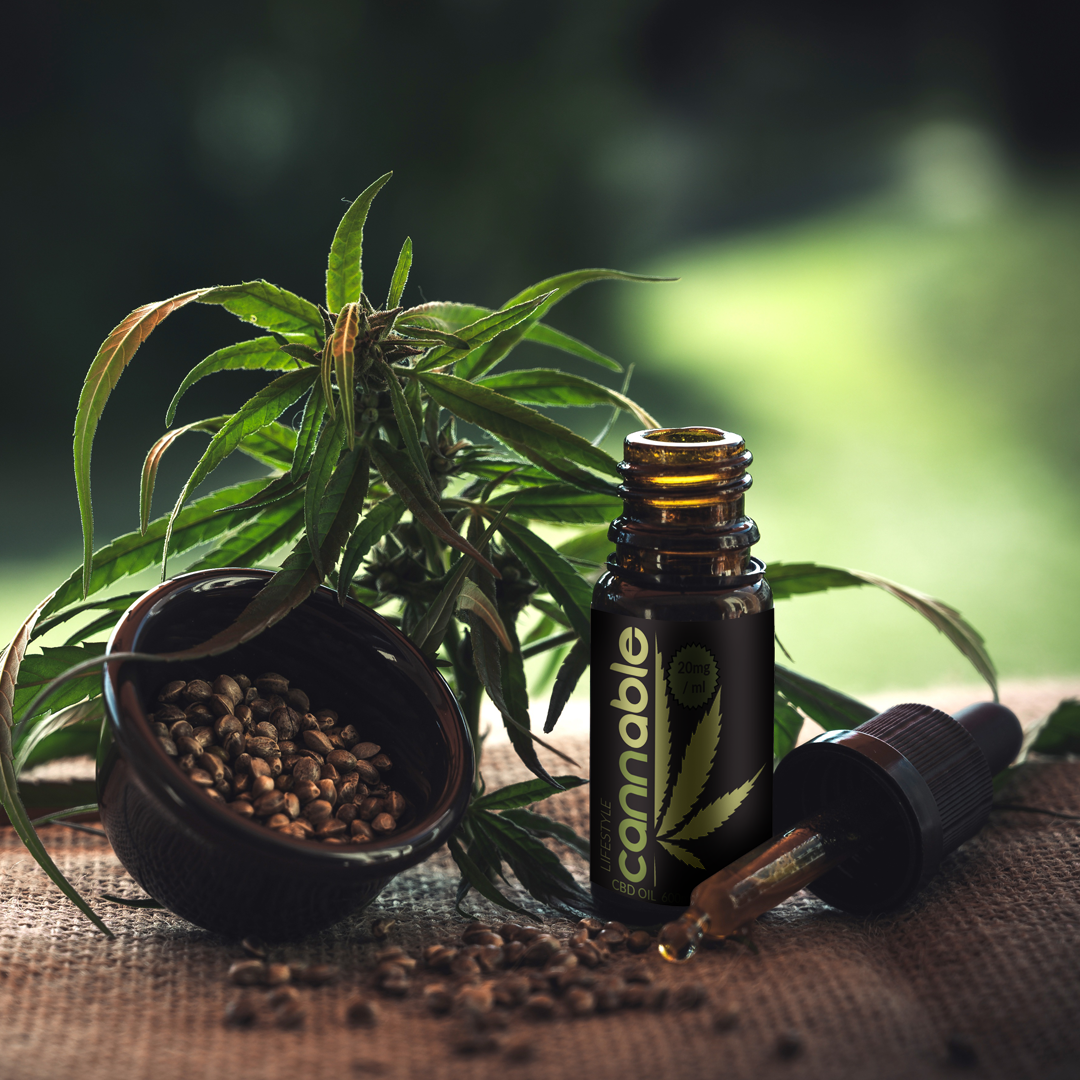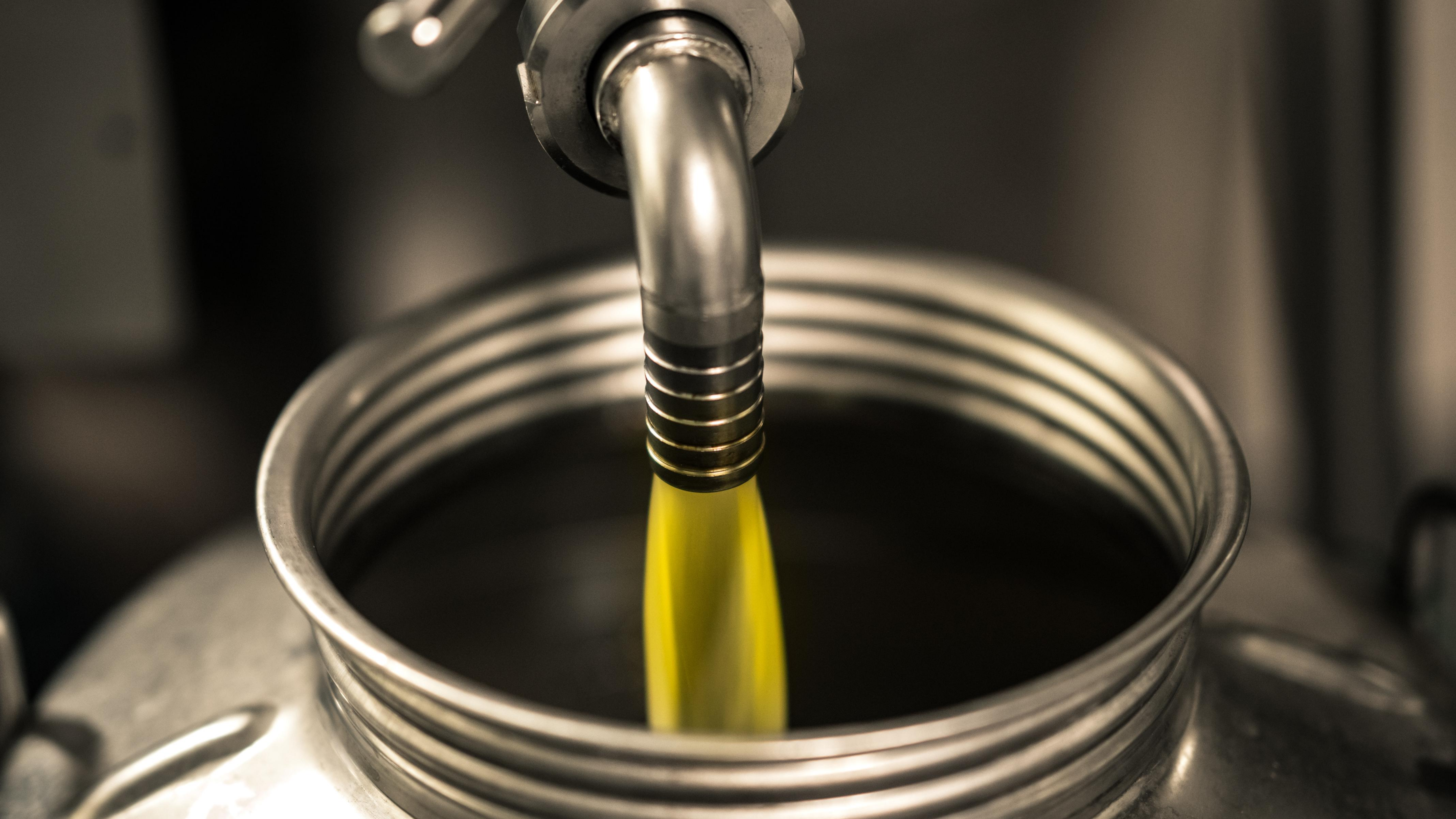From Plant to Oil. How CBD is Extracted.

If you’re curiously wondering how CBD is extracted as a stand-alone compound from a plant, don’t worry, you’re not alone. While the topic of CBD extraction might not sound important, we are here to tell you that it most certainly is.
When choosing a CBD product, knowing how it is extracted should be one of the many factors that you should consider. Different extraction methods produce vastly different results in both the quality and the safety of the product you and your pet might be ingesting on a daily basis.
Why do we need to extract CBD?
The primary reason for CBD extraction is so that the cannabinoid compounds can be separated from other compounds found within the cannabis plant and concentrated into a form that is suitable for human and animal use. Through extraction, manufacturers are able to keep the compounds their users want whilst getting rid of all the unwanted ones.
Another reason for CBD extraction is so that the compound can be decarboxylated. Decarboxylation is a chemical reaction that removes a carboxyl group and releases carbon dioxide (CO2). Through this process, the compounds are heated up to a specific temperature for a set number of minutes.
Decarboxylation is a crucial step when manufacturing CBD that is going to be administered orally in the form of oil tinctures, capsules, and edibles. The process allows our bodies to take full advantage of the compound when ingested.
In the world of CBD extraction, there are three main methods that are used:
1) Olive oil extraction.
Using olive oil to extract CBD from the cannabis plant is one of the oldest methods of extraction. It is also one of the simplest methods of extraction and is often used by those who want to extract themselves at home.
The process is started by decarboxylating the raw plant material by heating it up to a specified temperature for a set time. This helps activate the compounds found in the plant. The plant material is then combined with olive oil and heated again for a certain time period.
The end result is cannabinoid laden olive oil mixture. The mixture will however be filled with a wide variety of cannabinoids, including THC (the compound famous for making users high).
Pros:
-Cheap means of extracting cannabinoids from cannabis.
-An easy method of production that can be done at home.
-It is a safe method of extraction as there are no volatile gases and fumes.
Cons:
-This extraction methods produces low yields of extract that have a lot of variability in strength.
-You are not able to isolate the desired cannabinoids.
-The olive oil is very perishable and therefore does not have a long shelf life.

2) Alcohol & Hydrocarbon extraction
Butane, low-grade alcohol or ethanol are usually the solvents used to extract the cannabinoids from the raw plant material in this method. Today, however, ethanol is the most popular as it is a far safer means of extraction.
The extraction is achieved by tightly packing decarboxylated raw material into a container. The chosen extraction liquid is then slowly dripped over the material, stripping the cannabinoids, terpenes, and chlorophyll from the raw material. The resulting liquid is then heated up to boil off the remaining residue and leaves behind a base liquid that contains cannabinoids, terpenes, chlorophyll, and waxes.
Pros
-High-grade alcohols can produce good quality oils.
-It is an inexpensive extraction method.
-This extraction method allows for a wide array of terpenes and cannabinoids to be extracted.
Cons
-This method can be dangerous as the fumes and liquids used are highly flammable.
-If not correctly boiled, the oil may contain harmful contaminants and residues.
-The chlorophyll stripped off the plant material cannot be extracted and may cause unwanted side effects.

image credit (https://www.edenlabs.com)
3) Supercritical CO2 extraction
Supercritical extraction is a process that involves low temperatures and low pressures to extract cannabinoid molecules from raw cannabis plant material. It is the most accurate way to extract isolated cannabinoid compounds such as CBD.
The process involves a closed-loop extraction machine. CO2 is pumped from one chamber into a chamber containing raw cannabis material. This creates supercritical CO2 (between a gas and liquid state). The supercritical liquid then runs through the plant material and extracts the cannabinoids. It is then pumped into a third chamber where the isolated cannabinoids sink to the bottom of the tank and the CO2 rises to the top.
Supercritical CO2 extraction is seen as the most efficient and accurate way of isolating cannabinoid compounds. It is also the safest.
Pros:
-Produces the highest-quality CBD isolate.
-It is one of the safest extraction methods.
-Supercritical CO2 extraction produces the purest form of cannabinoids that are both potent and safe.
Cons:
-There is an enormous setup cost for Supercritical CO2 extraction.
-A vast amount of knowledge is required to achieve this process.

image credit (https://www.edenlabs.com)
Conclusion.
As can be seen, knowing how your CBD products are extracted is important. The extraction methods used by the brands you may be purchasing may have a direct effect on both the efficacy and the safety of the product in question.
At Cannable, we believe in leaving nothing to chance. Our CBD is Supercritical CO2 extracted, ensuring not only a potent and pure CBD but one that is 100% safe. Giving you complete peace of mind.
